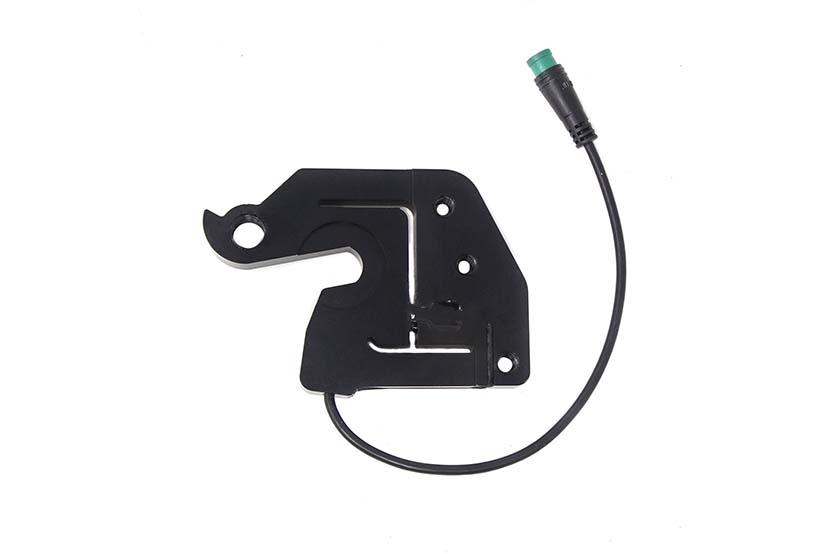Jeremy, just as an FYI, there is another option to the torque sensing systems and some of the less expensive PAS only systems that surge to 12 mph or so as soon as you start pedaling in PAS 1 (those are PAS "speed based" systems). The aftermarket KT systems controllers have an option for what they call "imitation torque control". What it amounts to is a "power based" system where a predetermined amount of power (established by you) is supplied to the motor for each PAS level. Speed has no effect on this amount of power, so it is truly based on how much assist you want to use. This ability enables awesome low speed control down into the areas so slow the bike is difficult to balance. 6 mph for instance, is easily maintained while using less than 100w of power in PAS 1. When this power based low speed control is compared to Bafang's torque sensing at the same speeds (using both the M600 and Ultra/M620), you can actually see the difference on the watt meter. Where the KT has a nice relatively smooth draw, the Bafang meters are surging with each power stroke - and yes, you can feel that surging. Nothing terrible, but you can feel it....
Totally spoiled by what can be done with a KT controller/display, my geared hub bikes have all been converted pretty much when they come out of the box.
And only meant as a side note, the UART based Ultra/M620 is WAY over the top when it comes to what can be done with them. They can be extremely difficult to set up due to the inter dependent nature of many of the settings (change one and it affects 6 others). Point being here, be careful what you wish for! I was wandering aimlessly for quite a while when I first got mine, until I came across Frey bike's "Smooth" tune. That tames the bull in the china shop to something I'd put up against anything available. Yup, that good.....
And last, also noteworthy, is that the UART based Bafang mid drives offer this very same power vs. speed based option that KT offers, where the power based option is by far the more popular option... -Al




